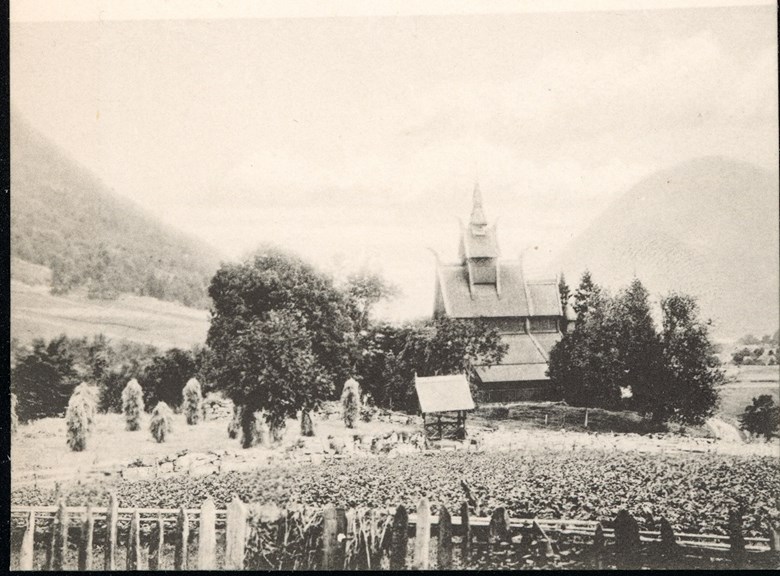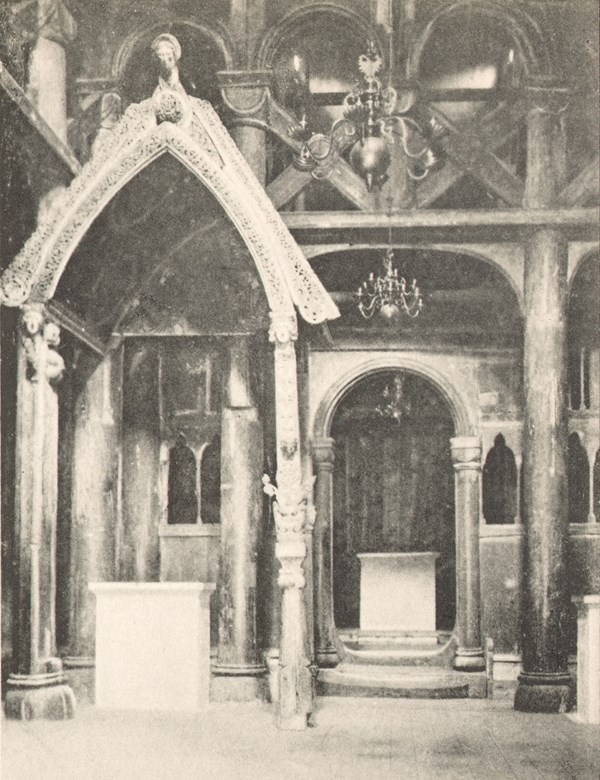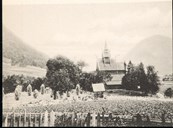Demolition decision
Peter Andreas Blix (1831-1901) was a famous architect and engineer who lived in Bergen. He had been in charge of the restoration of two historical buildings in Bergen - "Håkonshallen" and "Domkirken" (the Cathedral). In 1881, Blix had come to Vik to take a look at the Hove stone church that he had bought. He was very much upset when he found out that the Hopperstad stave church was in such a deplorable state. Neither the village people nor the SPAM wanted or could take care of the church. Consequently, Blix offered to take charge of the restoration work for free. He also offered a large sum of money. His offer was accepted.
Studies
In the years between 1885 and 1891, Blix carried out extensive studies, and accurate measurements were taken. The restoration work, then, was based on a solid groundwork. It had probably never happened before that a single man had been in charge of restoring two churches in the same village, at his own expense, and according to his own carefully made plans and designs. His unwavering intention was to rebuild the church to its original appearance.
Restoration
All changes were based on studies or modelled after other stave churches.

An even older stave church
The present stave church at Hopperstad was hardly the first one on that site. Most likely there had been an earlier stave church on the same site. When Blix studied the church, he found remnants of a stave church with woodcarving. This church was probably built in the latter half of the 11th century.
The interior
The most exquisite interior object is the altar baldachin or ciborium which is formed like a small building with a saddle roof above a vaulted ceiling. The vaulted ceiling is painted with scenes from Jesus' childhood. On the walls there are many runic inscriptions and carved drawings. Most runic inscriptions are pious wishes such as"May the Lord help the man who carved these runes ..". The drawings, the medieval graffiti, have many motifs, ranging from mostly men and animals, but also to fish, boats, property marks, and various symbols.

Replica in the USA
In 1998, a replica of the Hopperstad stave church was consecrated in Moorhead, Minnesota. Some 100 persons from Vik and elsewhere in Sogn travelled to the USA to attend the ceremony.




